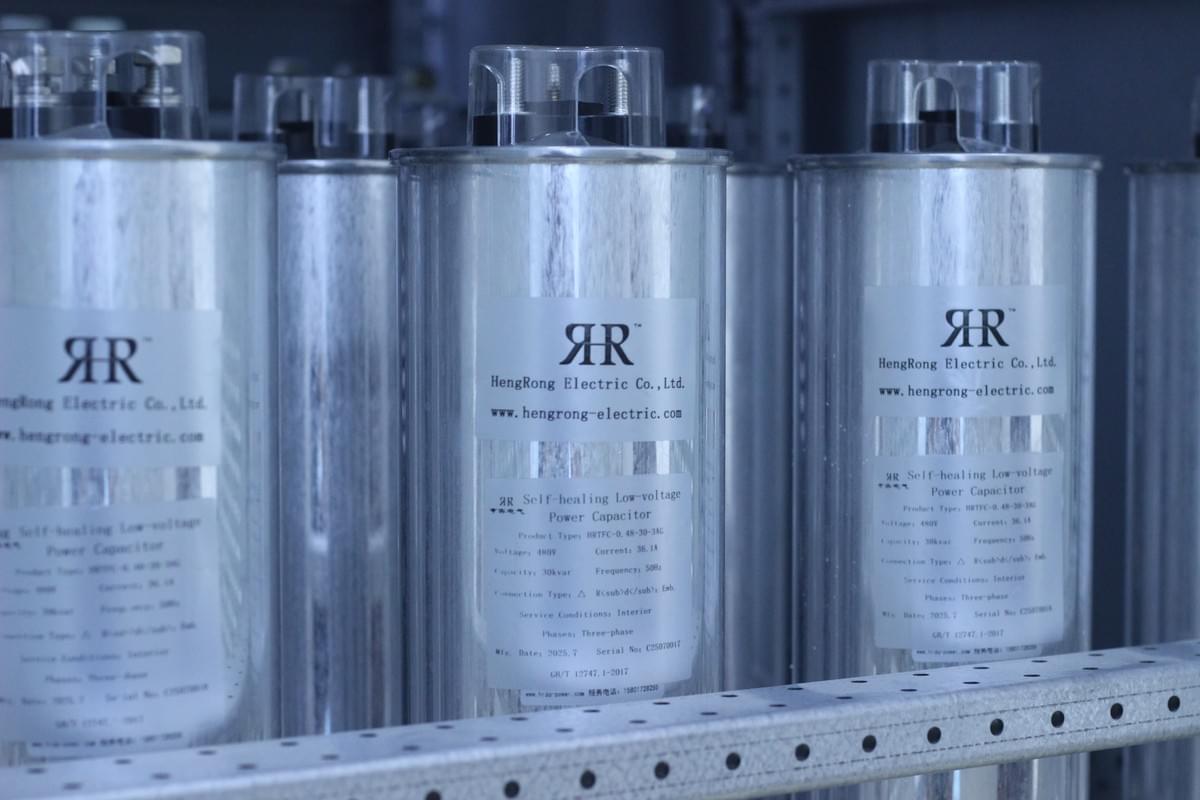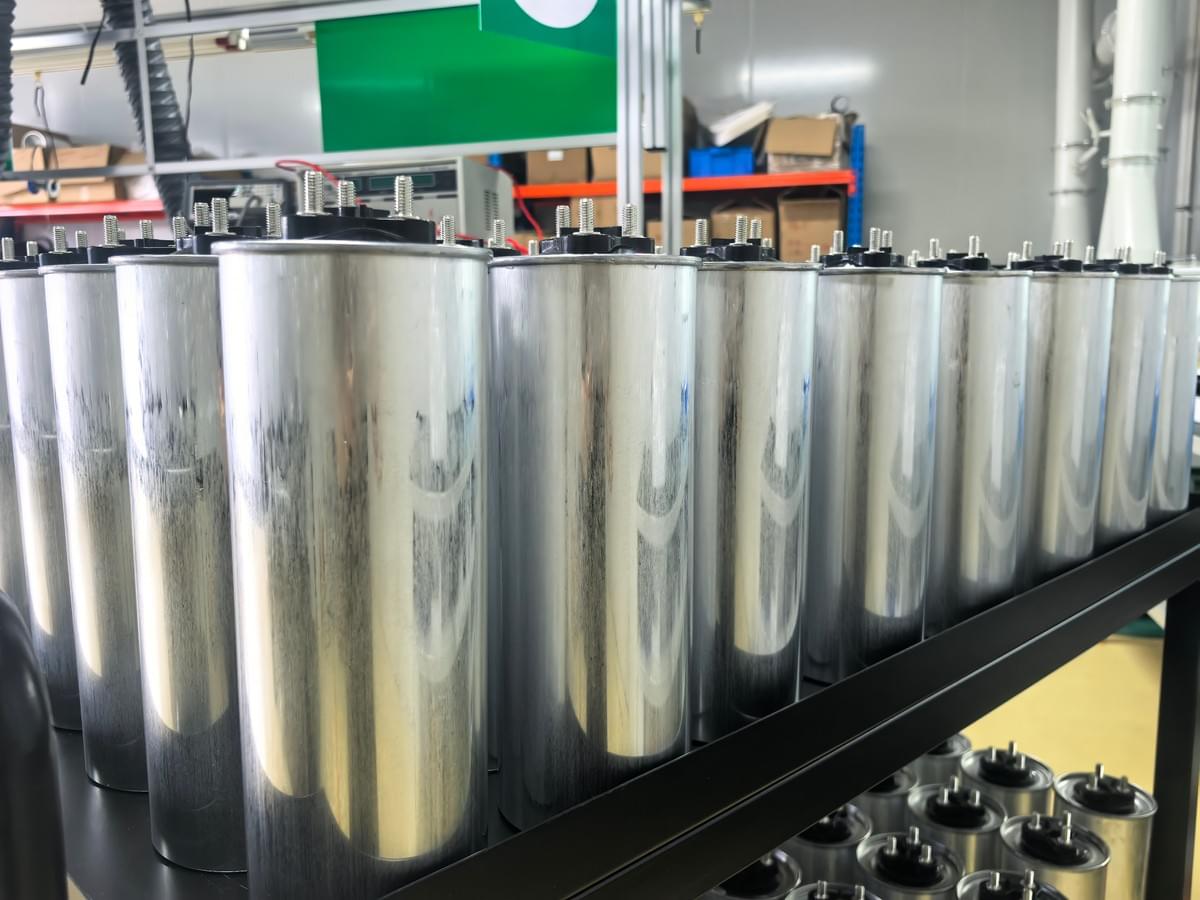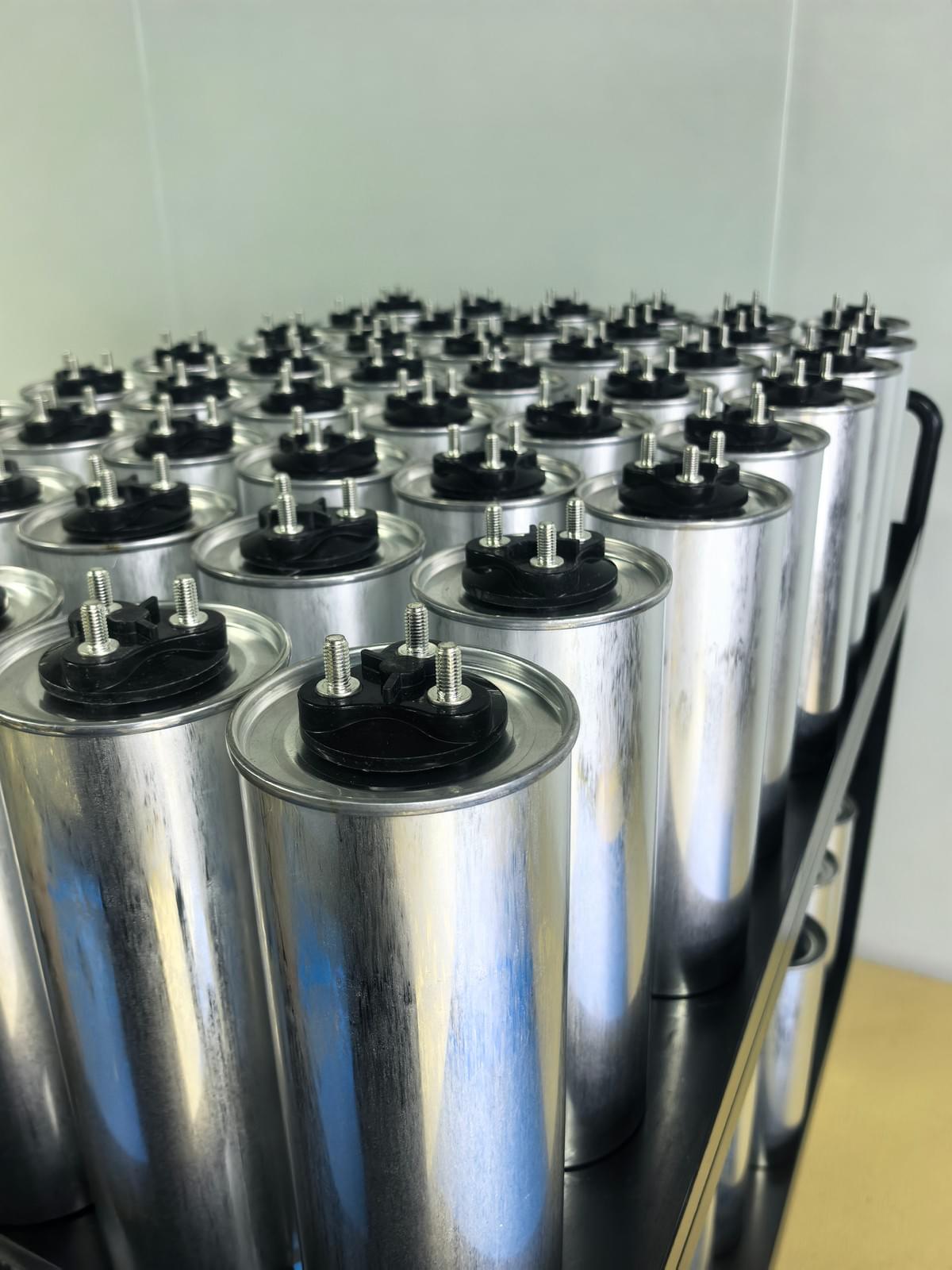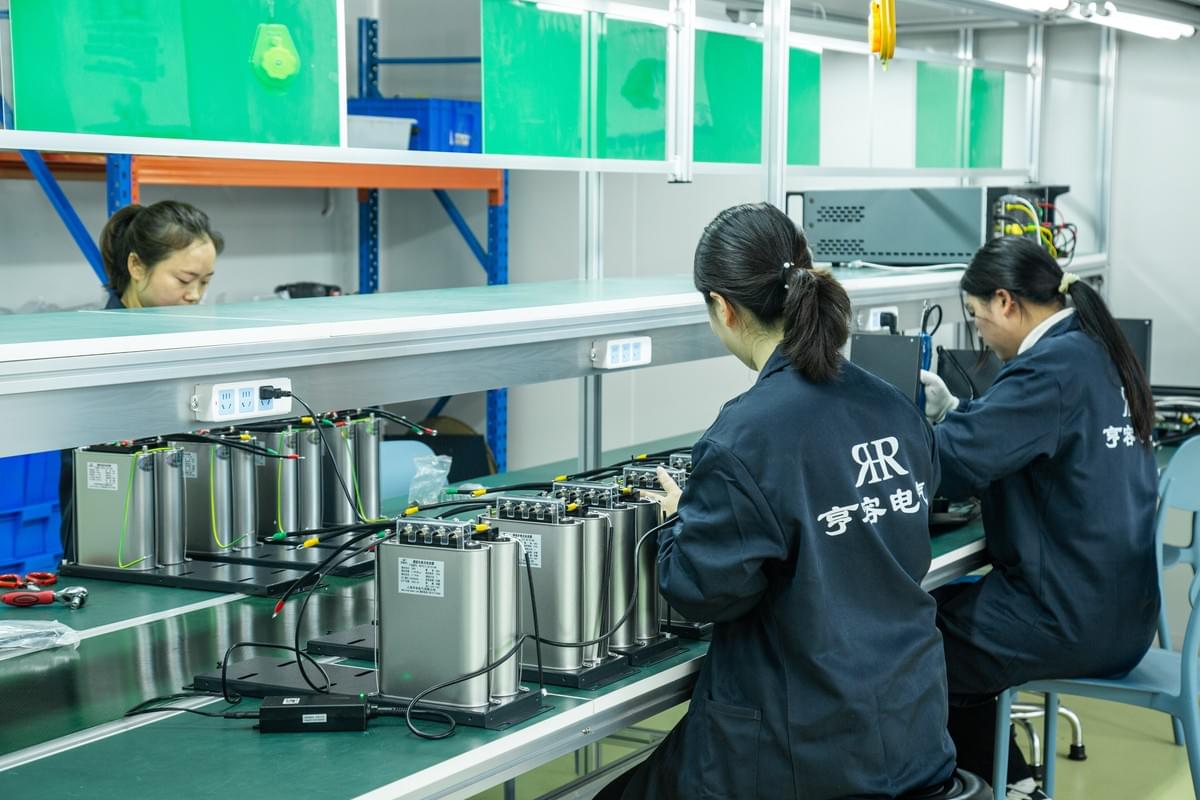Harmonic Overload Protection for Reactive Power Compensation Capacitors: The Key to Ensuring Stable Operation of Power Systems
Harmonic Overload Protection for Reactive Power Compensation Capacitors: The Key to Ensuring Stable Operation of Power Systems
Reactive power compensation capacitors are critical components in power systems, widely utilized in power transmission and distribution networks. Their primary functions include compensating reactive power, improving power factors, reducing line losses, and enhancing power quality. However, with the advancement of modern industrial technology, the widespread application of nonlinear loads has intensified harmonic issues in power systems. Harmonics not only compromise the stability of power systems but also may cause capacitor overload, ultimately affecting the normal operation of electrical equipment.
In particular, reactive power compensation capacitors may experience harmonic overload under harmonic influence, leading to capacitor damage, shortened service life, or even cascading power system failures. Therefore, researching harmonic overload protection for reactive power compensation capacitors and proposing effective protective measures constitutes an important topic for ensuring power system safety and improving equipment reliability.
This article will explore in detail the overload issues of capacitors under harmonic effects, analyze their hazards to capacitors, and propose corresponding protective measures to help relevant personnel better understand and address this challenge.

1. Hazards of Harmonics to Reactive Power Compensation Capacitors
With the extensive use of nonlinear loads, harmonic problems in power systems have become increasingly severe. Harmonics impact various electrical equipment, with particularly prominent effects on reactive power compensation capacitors. The main hazards of harmonics to capacitors are as follows:
1.1 Capacitor Overload
The capacitive reactance of capacitors decreases with increasing frequency, making capacitors natural absorption points for harmonic currents. When harmonic currents increase, the effective value of the capacitor’s operating current rises, leading to overload conditions. Overloaded capacitors may suffer damage or even cause fuse blowouts, thereby affecting power system stability.
1.2 Capacitor Dielectric Loss Increase
Harmonic currents increase internal dielectric losses within capacitors, resulting in temperature elevation. In severe cases, this may lead to overheating, which shortens the capacitor’s service life. Prolonged exposure to high temperatures can accelerate the aging of the capacitor’s insulating materials, reducing overall reliability.
1.3 Harmonic Amplification Impact on Capacitors
In certain scenarios, capacitors may form parallel resonant circuits with inductive components in the power grid, causing amplification of harmonic currents at specific frequencies. This harmonic amplification phenomenon increases capacitor voltage and current levels, resulting in equipment damage. In such cases, capacitors not only fail to effectively compensate for reactive power but may also further deteriorate the power quality of the grid.
1.4 Series Resonance Effects on Capacitors
Capacitors combined with inductive elements in the grid may form series resonant circuits, leading to increased harmonic currents flowing through the capacitors. The elevated harmonic currents exacerbate capacitor losses and may even cause catastrophic damage. This phenomenon occurs frequently in power systems, especially under high-load operating conditions.

2. Impact Analysis of Capacitor Harmonic Overload
The impact of harmonics on capacitors extends beyond mere changes in current and voltage; it directly affects capacitor temperature rise, service life, and reliability. When harmonic currents superimpose on the fundamental current of capacitors, the effective operating current increases, leading to higher temperature rise, which may cause overheating or even permanent damage.
2.1 Harmonic Impact on Capacitor Operating Current
Since capacitive reactance decreases with frequency, harmonic currents contribute to increased operating current in capacitors. When harmonic currents exceed the capacitor’s designed current-carrying capacity, the effective current value rises, causing accelerated temperature elevation. Sustained temperature rise affects internal materials and significantly increases failure risks.
2.2 Harmonic Impact on Capacitor Voltage
In addition to current increases, harmonic voltages also impact the capacitor operating voltage. The superposition of harmonic voltages not only increases the effective operating voltage but may also raise peak voltage levels. When peak voltage exceeds the equipment’s dielectric withstand capacity, partial discharge initiates, eventually leading to insulation breakdown and equipment damage.
2.3 Main Causes of Capacitor Damage
Statistics indicate that capacitors account for a significant proportion of approximately 40% of harmonic-induced electrical equipment damage accidents. Harmonics not only impose additional load on capacitors but also induce premature failures. Therefore, rational configuration of capacitors and reactors, along with effective control of harmonic current amplification, is crucial for ensuring the safe operation of capacitors.
3. Solutions for Capacitor Harmonic Overload Issues
To ensure the reliable operation of capacitors in harmonic-polluted environments, a series of protective measures must be implemented. Common capacitor protection measures are as follows:
3.1 Capacitor Overvoltage Protection
Overvoltage protection prevents capacitor damage caused by excessive voltage stress. According to national standards, the overvoltage setting for capacitors should be 1.1 times the rated voltage. When this threshold is exceeded, the protection device should activate to disconnect the capacitor from the system. Overvoltage protection effectively mitigates capacitor damage due to excessive voltage under harmonic influence.
3.2 Capacitor Overcurrent Protection
Overcurrent protection monitors current levels to prevent capacitor damage from overload conditions. According to national standards, the current setting for capacitors should be 1.31 times the rated current. When the current exceeds this value, the overcurrent protection device should activate to disconnect the capacitor from service.
3.3 Capacitor Harmonic Overvoltage and Overcurrent Protection
To address harmonic-induced overload, specialized harmonic overvoltage and overcurrent protection devices for capacitors can be deployed. These devices dynamically adjust capacitor protection thresholds based on real-time grid harmonic conditions, effectively preventing harmonic-induced overload incidents.

4. Capacitor Harmonic Limit Regulations and Protection Setting Calculations
To ensure the safe operation of capacitors in harmonic environments, clear regulations on overvoltage and overcurrent limits are essential. According to the national standard GB/T 11024.1-2001, capacitors must comply with strict limits for harmonic overcurrent and overvoltage.
4.1 Capacitor Individual Harmonic Current Limits
Individual harmonic current limits for capacitors are calculated based on harmonic voltage content. For example, when the 9th harmonic voltage content across a capacitor reaches 10%, the 9th harmonic current through the capacitor will exceed the specified limit, necessitating protection device activation.
4.2 Capacitor Total Harmonic Current Limits
Total harmonic current limits are also critical for capacitor protection. If the total harmonic current of a capacitor exceeds the specified limit, the protection device should act immediately to prevent irreversible damage.
5. Conclusion
Reactive power compensation capacitors are indispensable components in power systems, but their safe operation faces growing challenges due to worsening harmonic problems. Through scientific protection setting configuration, rational harmonic suppression measures, and appropriate equipment sizing, capacitor failures caused by harmonic overload can be effectively mitigated, thereby improving power system stability and economic efficiency.
As key components in power systems, capacitor protection not only extends equipment service life but also ensures the stable and efficient operation of the power grid. Only through strict harmonic control can capacitors maximize their role in reactive power compensation and further enhance overall power quality.

Hengrong Electric CO., LTD. offers reactive power compensation capacitors, high voltage power capacitors, and self-healing low voltage power capacitors, etc. Welcome to leave a message to purchase.
